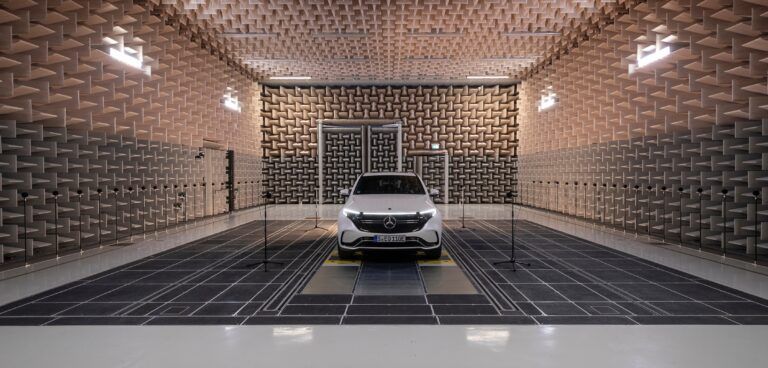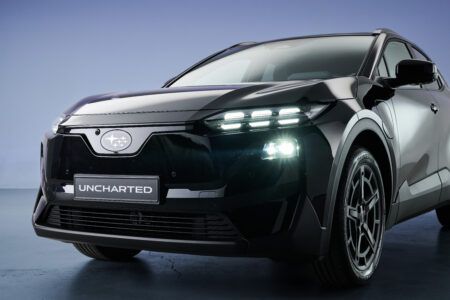As a result of a new EU directive that states any new electric vehicle built from July 1, 2019, must feature an acoustic warning up to speeds of 20km/h, Daimler has been putting sound engineers to work to come up with a distinctive voice for its EVs.
The on-board sound generators, otherwise known as the Acoustic Vehicle Alerting System (AVAS) are a mandatory missive as part of safety precautions for pedestrians who might not hear the near-silent vehicles coming their way.
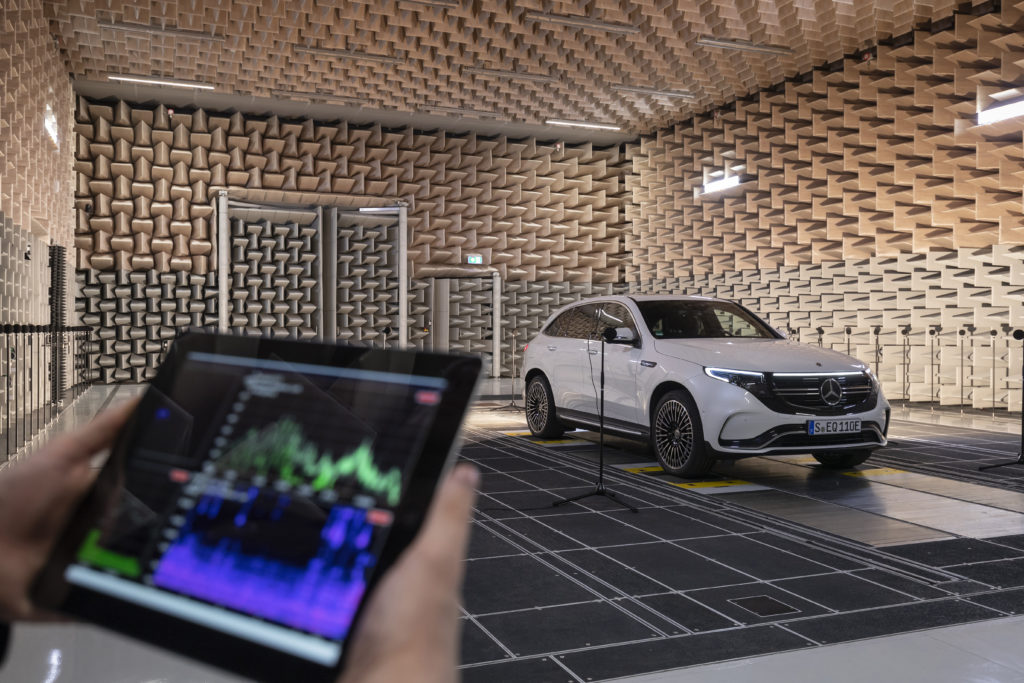
The directive applies not only to electric cars, but also trucks and buses. However, it’s not a simple case of installing any old noise – there are certain parameters for how an AVAS warning may and may not sound in great detail. This applies for example to the minimum and maximum sound volume, and to certain sound components.
To meet these requirements, Daimler’s sound experts have been hard at work at its acoustic test facility at the Mercedes-Benz Technology Center in Sindelfingen, Germany, to create an identifiable note for an electrified Mercedes.
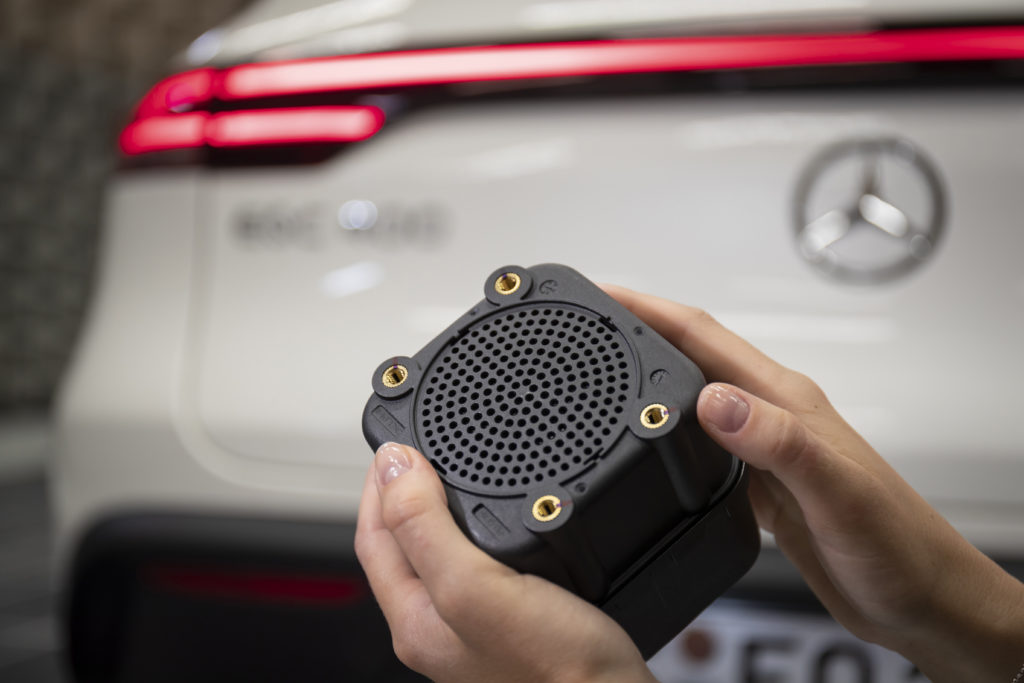
Images released by Daimler show the impressive facility where a full-sized GLC is parked inside a large anechoic room lined with sound-absorbing material.
Special microphones in the exterior sound testing facilities are used to develop an individually configured e-sound for each electric model. Simulations, measurements, evaluations and detailed improvements continue until the result is perfect. During the subsequent test drives, there is a particularly sensitive passenger on board – the artificial head. This registers the tiniest noises, and comes impressively close to human hearing.
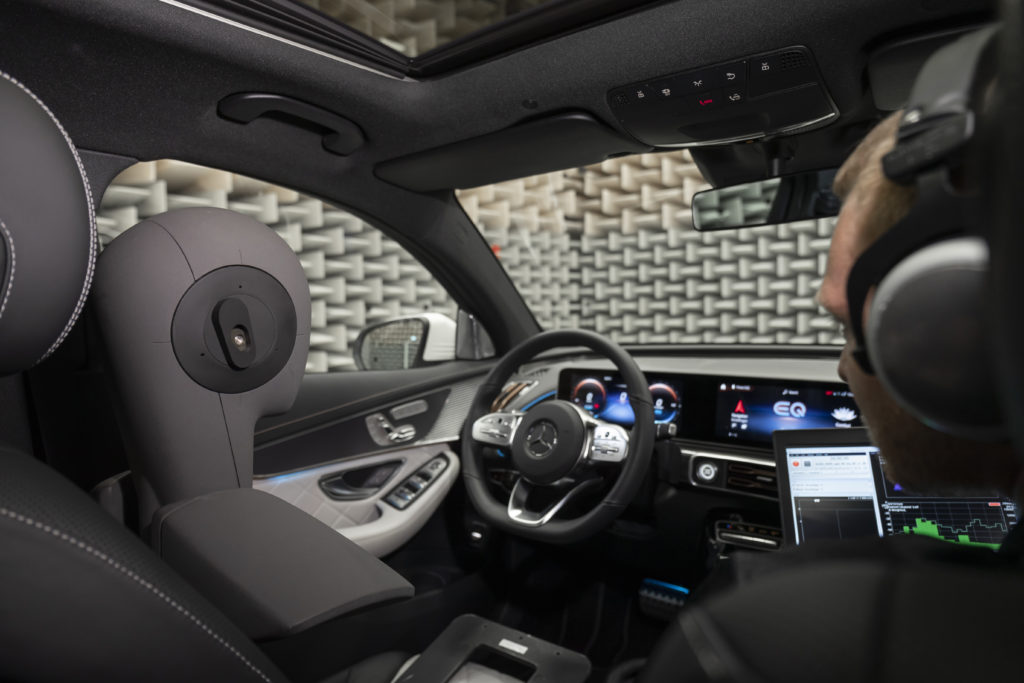
The Mercedes-Benz AVAS sound differs only slightly for the EU, Japan and China. There are other requirements for the USA, for example concerning the sound volume. Furthermore, the stationary vehicle must already generate a sound when a gear is engaged, becoming louder up to 30 km/h. Switching off the AVAS by the customer is prohibited in almost all countries.


